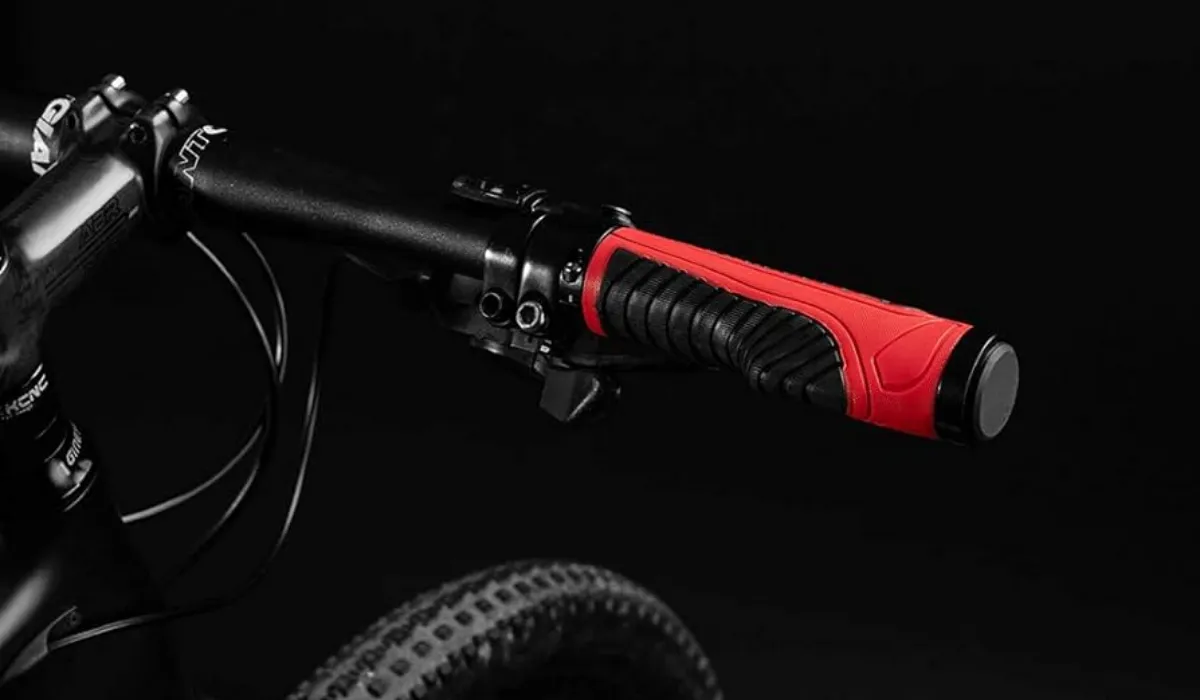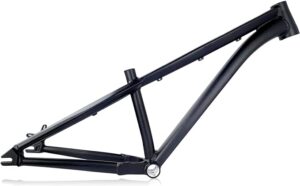Bicycle grips, often taken for granted in the modern cycling world, have a rich and evolving history that spans over a century.
The Early Days: Simplicity in Design
Bicycle grips made their debut in the late 19th century when cycling was gaining popularity as a means of transportation. The earliest grips were rudimentary and typically made of hard rubber or wood. These early grips were essentially cylindrical in shape, offering a basic, utilitarian design focused on providing a secure hold on the handlebars.
Innovations of the Early 20th Century
As bicycles continued to evolve, so did their grips. In the early 1900s, innovations like the use of softer rubber materials and ergonomic designs started to emerge. These developments aimed to enhance rider comfort during longer rides. However, grips remained relatively simple compared to the intricate designs we see today.
The Rise of Ergonomics: Mid-20th Century
The mid-20th century marked a turning point in the evolution of bicycle grips. Manufacturers began to focus on ergonomics, designing grips that conformed to the natural contours of a rider’s hand. These ergonomic grips were crafted to reduce hand fatigue and provide a more comfortable riding experience.
The Mountain Bike Revolution: 1970s and 1980s
The emergence of mountain biking in the 1970s and 1980s brought about further changes in grip design. Mountain bikers required grips that could withstand rugged terrains and provide superior control. This era saw the advent of more specialized grips with unique patterns and textures to improve grip and shock absorption.
Modern Innovation and Material Diversity
Today, bicycle grips have reached new heights of innovation and diversity. Grips are now available in a plethora of materials, including silicone, foam, various rubber compounds, and even sustainable materials like cork and recycled plastics. Each material offers specific benefits in terms of grip, comfort, and durability. Riders can choose from an array of designs, including lock-on grips that securely attach to the handlebars and ergonomic grips with intricate shapes tailored to hand anatomy.
The Future of Bicycle Grips
As cycling technology continues to advance, we can expect further innovations in grip design. Materials will become even more specialized, and ergonomic research will lead to grips that provide unprecedented levels of comfort and control. With the growing popularity of electric bikes (e-bikes) and the integration of digital technology into cycling, we may even see grips that incorporate sensors or haptic feedback for an enhanced rider experience.
The history of bicycle grips is a testament to the evolution of cycling itself. From humble beginnings as basic cylindrical grips to today’s ergonomic, material-diverse innovations, grips have evolved alongside the changing needs and preferences of riders. As we look to the future, bicycle grips will undoubtedly continue to play a pivotal role in enhancing the comfort, control, and safety of cyclists, while reflecting the ever-changing landscape of the cycling world. Their evolution tells a story of progress, comfort, and a passion for cycling that has stood the test of time and will continue to evolve in the years to come.






